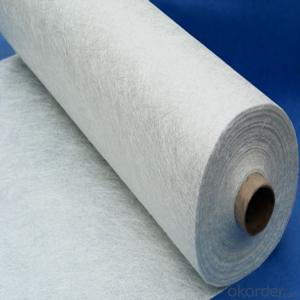Pipes have been a fundamental part of our infrastructure for centuries, but the way we construct and maintain them is constantly evolving. One of the most exciting developments in recent years has been the emergence of Pipe Composite as a new standard in pipeline construction. This innovative material is changing the game when it comes to building and maintaining pipelines, offering a range of benefits that make it an attractive option for many projects.
A New Era in Pipeline Construction
Traditional pipeline materials, such as steel and concrete, have served us well over the years, but they come with their own set of challenges. They can be heavy, difficult to handle, and prone to corrosion and other forms of degradation. This is where Pipe Composite comes in. Made from a combination of materials, including polymers and fibers, Pipe Composite is lighter, stronger, and more durable than traditional materials. It’s a game-changer for the industry.
The Benefits of Pipe Composite
The advantages of Pipe Composite are numerous, and they extend beyond just its physical properties. Here are a few of the key benefits that make it stand out:
– Lighter Weight: Pipe Composite is significantly lighter than traditional materials, making it easier to transport and install. This can save time and money on projects, as well as reduce the environmental impact of transportation.
– Increased Durability: The composite material is resistant to corrosion and other forms of degradation, which means it lasts longer and requires less maintenance. This can result in significant cost savings over the lifetime of a pipeline.
– Flexibility: Pipe Composite can be bent and shaped more easily than traditional materials, allowing for more creative and efficient pipeline designs.
– Environmental Impact: The production of Pipe Composite has a lower environmental footprint compared to traditional materials, making it a more sustainable choice for pipeline construction.
Installation and Maintenance
One of the things that sets Pipe Composite apart is its ease of installation and maintenance. Unlike traditional materials, which can require extensive excavation and heavy machinery, Pipe Composite can often be installed with minimal disruption to the surrounding environment. This not only speeds up the construction process but also reduces the potential for damage to nearby structures and ecosystems.
Maintenance of Pipe Composite pipelines is also more straightforward. The material’s resistance to corrosion and other forms of degradation means that it requires less frequent inspections and repairs, saving both time and money in the long run.
Case Studies and Real-World Applications
To truly appreciate the impact of Pipe Composite, let’s look at some real-world examples where it has been used successfully:
– Municipal Water Systems: In many cities, Pipe Composite has been used to upgrade aging water infrastructure. The lighter weight and increased durability have made it an ideal choice for these projects, reducing the need for constant repairs and replacements.
– Oil and Gas Industry: The oil and gas industry has also embraced Pipe Composite for its pipelines. The material’s strength and flexibility have allowed for the construction of pipelines that can withstand the harsh conditions often encountered in this sector.
– Renewable Energy Projects: As the world moves towards more sustainable energy sources, Pipe Composite has found a place in renewable energy projects. Its lightweight and flexible nature make it perfect for transporting fluids in solar and wind energy systems.
The Future of Pipe Composite
The future looks bright for Pipe Composite in the pipeline construction industry. As more projects adopt this material, we can expect to see continued innovation and improvements in its production and application. With its numerous benefits, it’s not hard to imagine Pipe Composite becoming the go-to material for many pipeline projects in the years to come.
Embracing Change and Innovation
The adoption of Pipe Composite represents more than just a shift in materials; it’s a sign of the industry’s willingness to embrace change and innovation. By choosing Pipe Composite, we are not only improving the efficiency and sustainability of our pipelines but also pushing the boundaries of what’s possible in pipeline construction.
Final Thoughts
In conclusion, Pipe Composite is truly the new standard in pipeline construction. Its unique combination of lightweight, durability, flexibility, and environmental friendliness make it an ideal choice for a wide range of projects. As we continue to explore new frontiers in infrastructure development, Pipe Composite is poised to play a central role in shaping the future of our pipelines. Let’s embrace this change and look forward to the exciting possibilities that Pipe Composite brings to the table.

